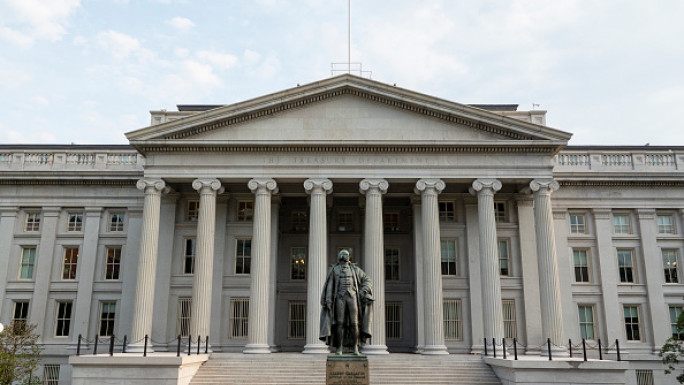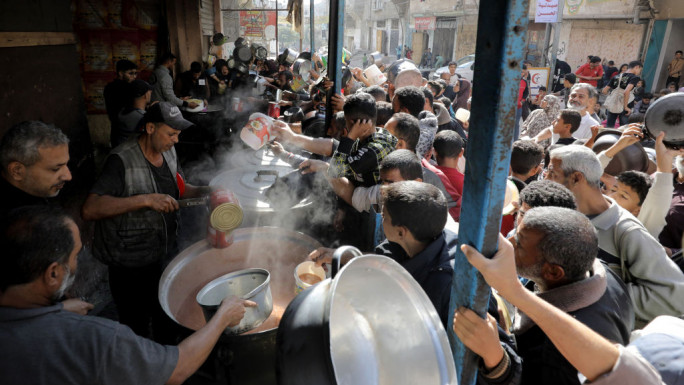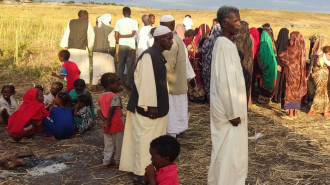Yemeni blacksmiths are turning to scrap missiles for traditional dagger-making
Blacksmiths in war-torn Yemen producing the traditional jambiyya dagger are turning to a new source of metal: refuse from Saudi missiles that have rained down on Yemen since March 2015.
Yemeni men wear the ornamental jambiyya for prestige and as a show of courage.
They used to be made of imported steel, but high prices in the war-torn country have forced blacksmiths to turn elsewhere. One kilogram of fragment steel costs about 500 rials (less than $1), half the price of imported Turkish steel.
Blacksmiths told AP that knife-making was once a lucrative business. But rising steel prices coupled with a market downturn in the war-ravaged economy has caused men to have less money to pay for jambiyya.
Some blacksmiths are even purchasing the remains of trucks and cars destroyed by the Saudi-led coalition's airstrikes.
Twitter Post
|
"Trucks make the best dagger because the steel is strong and special," Ali Ghomari, a middle-aged blacksmith told AP.
The jambiyya have curved blades and are often slipped into a decorated, hook-shaped sheath. They are tucked in vertically at the centre of ornate belts if men are wearing robes or placed in the top of a maawaz, a wrap-around male skirt.
The shape of the hilt - the dagger's handle - often refers to the city, region or tribe of the person carrying it, and the price also depends on whether the hilt is made of wood, buffalo horn or rhinoceros horn.
The more expensive the dagger, the more elevated the status of the man who wears it. Prices for new daggers range from $100 to $150. Old ones inherited from ancestors might be worth hundreds of thousands of dollars.
The per capita income (PPP) in Yemen was $1300 a year, according to the CIA World Factbook, just before the 2015 Saudi intervention that pushed the country toward the brink of famine.
The Saudi-led coalition is fighting Houthi rebels and has maintained a relentless air campaign made up mostly of US-made missiles since 2015, providing blacksmiths with plenty of scrap metal.
This is nothing new. During Yemen's 1962-1970 civil war, Egypt and Saudi Arabia backed opposite sides. Blacksmiths at that time used Egyptian tank treads, artillery shells and rockets to make the jambiyya.
Follow us on Twitter: @The_NewArab





 Follow the Middle East's top stories in English at The New Arab on Google News
Follow the Middle East's top stories in English at The New Arab on Google News


